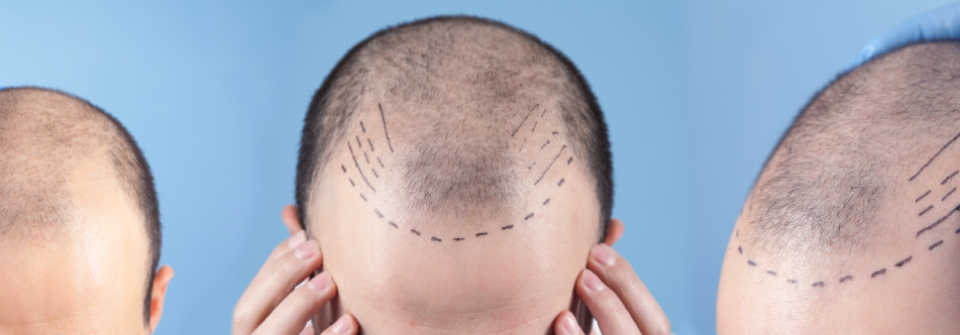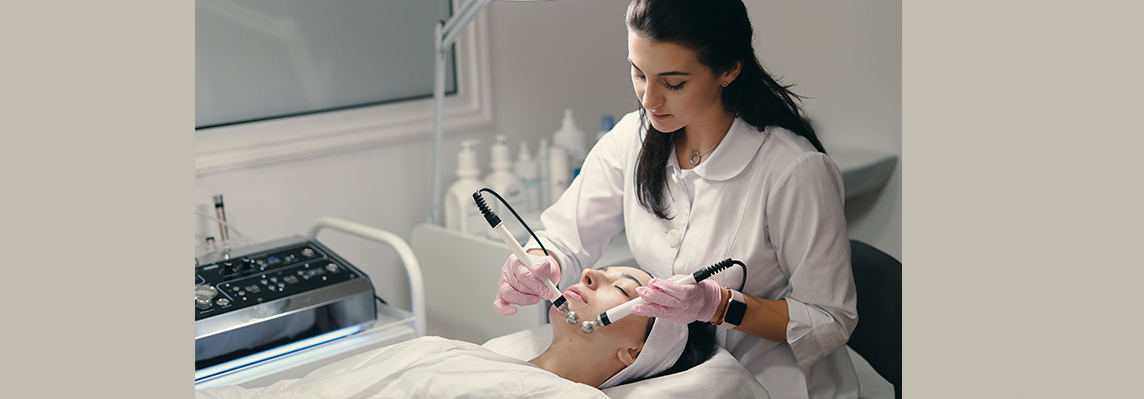
Beard Transplants: Procedure, Cost, and Results
A beard is often seen as a symbol of masculinity, maturity, and style. For many men, having a full, thick beard can be a source of pride and confidence. However, for some, achieving the beard of their dreams can feel like an elusive goal. That’s where beard transplants come in. If you're considering a beard transplant, here’s a comprehensive guide to help you understand the procedure, costs, and expected results.
Introduction to Beard Transplants
Beard transplants are a cosmetic procedure designed to help men who struggle with patchy or thin beards. The goal is to restore or enhance facial hair by transplanting hair follicles from one area of the body (usually the scalp) to the face. As the procedure becomes more popular, men are seeking out beard transplants to achieve fuller, more symmetrical beards that align with their facial features.
1. Beard Transplant Procedure
Pre-Procedure Preparation
Before undergoing a beard transplant, you’ll need a consultation with a specialist. During this consultation, the doctor will assess your hair growth patterns, the quality of your donor's hair, and your overall health to determine if you’re a good candidate for the procedure. This is also the time to discuss your expectations and the potential outcomes of the surgery.
Step-by-Step Process
There are multiple advanced methods used for beard transplants, including:
- FUE: In this method, individual hair follicles are extracted from the donor area (usually the back of the scalp) and implanted into the areas of the beard that require growth. This technique is minimally invasive and doesn’t require large incisions.
- Bio-FUE: An enhanced version of FUE, Bio-FUE utilizes growth factors like PRP (Platelet-Rich Plasma) to improve graft survival, accelerate healing, and promote healthier hair growth.
- Semi-Robotic Transplant: This method incorporates robotic precision in graft extraction and implantation, reducing human error and improving accuracy while ensuring natural-looking results.
- FUT: FUT involves removing a strip of scalp tissue from the donor area, which is then divided into smaller follicular units for transplantation. Though this method might leave a linear scar, it is typically more suitable for patients who need a larger number of grafts.
Pain Management & Anesthesia
Beard transplants are performed under local anesthesia, ensuring you won’t feel pain during the procedure. In some cases, sedation may be offered to help you relax. While there may be some discomfort during the recovery period, the procedure itself is well-tolerated.
Duration of the Procedure
The entire procedure can take anywhere from 4 to 8 hours, depending on the number of grafts required. This means you can expect to spend most of the day in the clinic, but it is generally not an overnight stay.
2. Cost of Beard Transplants
Factors Affecting the Cost
The cost of a beard transplant can vary significantly based on several factors:
- Clinic Location: Prices can be higher in major cities or countries with more advanced medical infrastructure
- Surgeon’s Experience: A highly experienced surgeon may charge more for their expertise.
- Method Used: FUE tends to be more expensive than FUT due to the precision and time required.
- Number of Grafts Needed: The more grafts you need, the higher the cost.
Average Cost Range
Beard transplant costs generally anywhere from $3,000 to $10,000. The price per graft ranges from $3 to $10, and a typical transplant can require anywhere from 1,000 to 3,000 grafts.
Payment Options & Financing
Many clinics offer financing options to help make the procedure more affordable. It’s always a good idea to inquire about payment plans or credit options that allow you to spread the cost of the surgery over time.
3. Post-Procedure Care and Recovery
Immediate Aftercare
After the transplant, there will be some swelling, redness, and possibly minor discomfort. Your surgeon will provide you with specific instructions on how to care for the transplanted area, including recommendations for medications and hair care products. It’s important to avoid touching or scratching the treated area to prevent infection.
Healing Timeline
The healing process usually takes about 7 to 10 days, with most patients returning to normal activities within a week. However, it may take several months to see the final results, as hair growth follows a natural cycle of shedding and regrowth. You can expect to see new hair growth after 3 to 4 months, with full results visible within 9 to 12 months.
Long-Term Care
Once your beard has grown in, ongoing care will help maintain its appearance. Regular trimming, moisturizing, and healthy grooming habits will keep your beard looking sharp. Additionally, avoiding excessive sun exposure and using mild products on the transplanted area will help protect your new beard.
4. Results of a Beard Transplant
What to Expect
The results of a beard transplant are typically natural and permanent. Since the hair follicles are taken from your scalp, they will continue to grow like regular facial hair. You can expect a fuller, denser beard with more defined contours.
Realistic Expectations
It’s important to have realistic expectations about the outcome. While most patients achieve great results, the density of the beard will depend on the donor hair quality and the number of grafts you’ve received. In some cases, further touch-ups may be required to achieve the desired look.
Before and After Photos
Many clinics will provide before-and-after photos of previous patients to help you understand what results you can expect. These images can offer valuable insight into the transformations possible through beard transplants.
5. Risks and Complications
Though beard transplants are generally safe, there are some risks involved. These include infection, scarring, and temporary hair loss (known as shock loss). Choosing a qualified, experienced surgeon will help minimize these risks.
6. Alternatives to Beard Transplants
If you're not ready for a transplant, there are several alternatives to consider:
- Topical Treatments: Beard oils, serums, and minoxidil can promote hair growth.
- PRP Therapy: Platelet-rich plasma (PRP) therapy is a non-invasive treatment that can stimulate beard growth.
- Lifestyle Changes: Eating a balanced diet, getting adequate sleep, and reducing stress can all improve beard growth naturally.
- Mustache Transplant: A mustache transplant helps achieve a fuller, more defined look by using FUE or Bio-FUE to implant hair follicles. It’s ideal for enhancing density and filling in patchy areas for a natural appearance.
7. Is a Beard Transplant Right for You?
If you're tired of patchy or sparse facial hair, a beard transplant could be a life-changing decision. However, it's crucial to weigh the benefits and costs and consult with a professional before moving forward.
Conclusion
Beard transplants offer a natural-looking, fuller beard with long-lasting results, boosting confidence. Choose a skilled surgeon for the best outcome. At Livglam Aesthetic Clinic, we specialize in aesthetic procedures, prioritizing safety, precision, and excellence. Our experienced team will guide you through your transformation. Learn more at Livglam Aesthetic Clinic.












